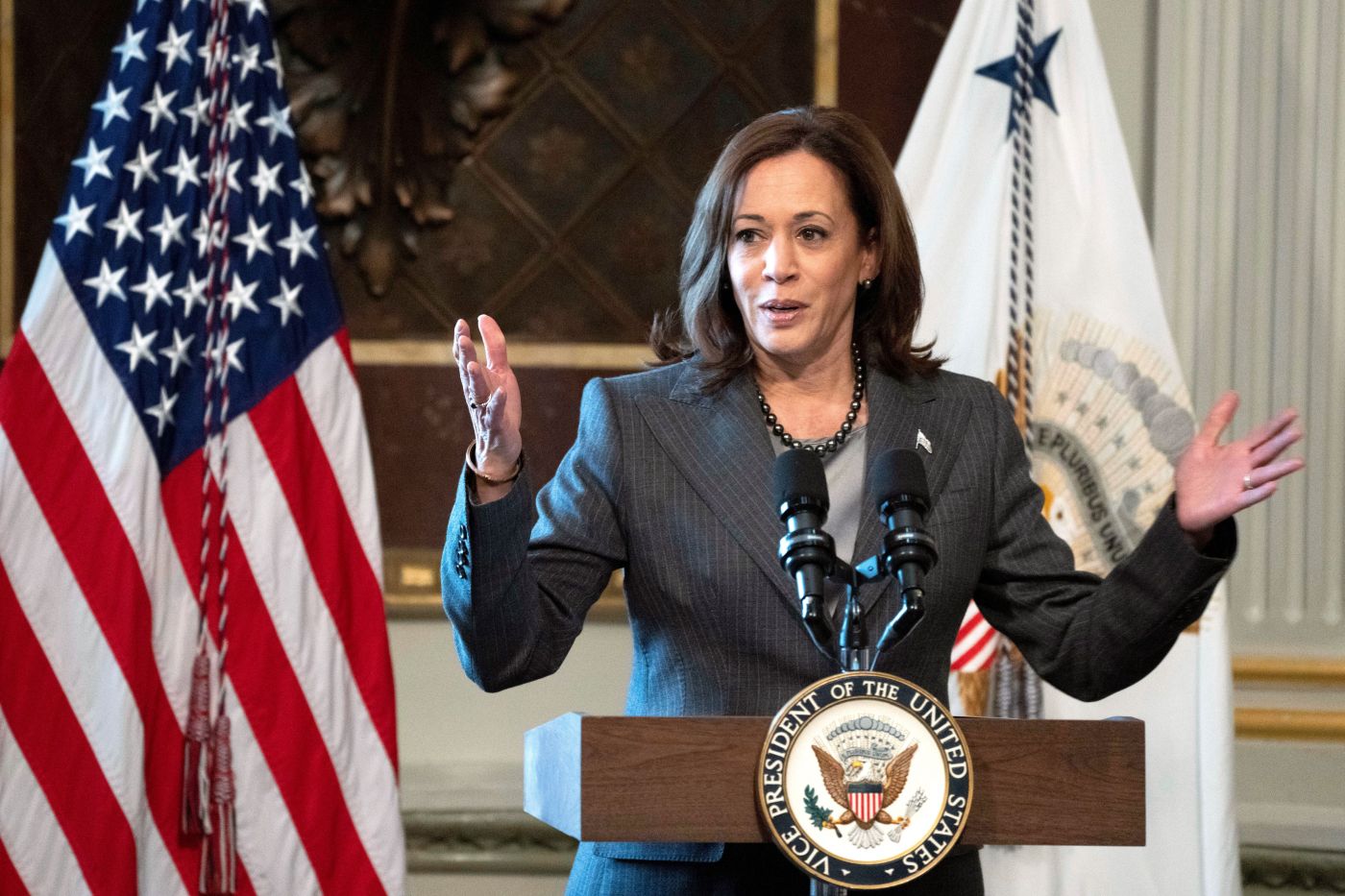
Editorial: Biden Administration living in its own immigration bubble
It comes as no surprise that Gov. Maura Healey’s administration expects to shell out even more money that it anticipated on the emergency shelter system over the next fiscal year. Migrants and local families continue to need shelter space and care, and there has yet to be a miracle windfall to cover this.
As the Herald reported, shelter-related costs are now projected to top $1 billion in fiscal year 2025 if caseloads remain the same, an increase from the $915 million state budget writers had anticipated. It’s a sign officials don’t forecast a slowdown in demand.
Why should they?
As NBC News reported, Border Patrol agents apprehended just over 84,000 migrants crossing the U.S. southern border in June. That’s a decrease, which is good, but that same month U.S. Customs and Border Protection processed over 41,800 individuals through appointments at ports of entry using the CBP One app. Illegal border crossers are being apprehended in larger numbers, but migrants are still arriving.
Hence the state’s budget writers grabbing their erasers.
If only the federal government could gin up a plan to help the immigration issue.
They did, but it’s not what overburdened states like Massachusetts need.
In March, Vice President Kamala Harris and the Partnership for Central America announced more than $1 billion in new private sector commitments, as part of Central America Forward (CAF), a public-private partnership created in response to the Vice President’s Call to Action for Northern Central America.
The total of new commitments hit more than $5.2 billion since May 2021. This was part of Harris’s “root causes” campaign to help boost the economies of Central American countries in order to lessen the need to emigrate to the U.S. for better opportunities.
Guatemala, Honduras, and El Salvador have received commitments from a variety of industries.
It’s a laudable venture, but it does beg the question: Why focus on Central America when the bulk of immigrants hail from other countries?
As the Pew Research Center reports, Mexico is the top country of birth for U.S. immigrants. In 2022, roughly 10.6 million immigrants living in the U.S. were born there, making up 23% of all U.S. immigrants. The next largest origin groups were those from India (6%), China (5%), the Philippines (4%) and El Salvador (3%).
By region of birth, immigrants from Asia accounted for 28% of all immigrants. Other regions make up smaller shares: Latin America (27%), excluding Mexico but including the Caribbean (10%), Central America (9%) and South America (9%), Europe, Canada and other North America (12%), Sub-Saharan Africa (5%), the Middle East and North Africa (4%).
In terms of “root cause” triage, targeting upwards of $5B for a region that comprises 9% of immigrants while Mexico accounts for 23% of immigrants makes little sense, but is the perfect example of a government solution to a complex problem.
There are two pieces to the puzzle: immigrants who are here, and those who want to make the journey. The Biden Administration can’t keep slipping the bill to the states hosting migrants and hoping for the best.
In Massachusetts, our budget needs to be tweaked to account for expected costs. Where might that money have gone were it not needed to handle Biden’s border mess?
Editorial cartoon by Chip Bok (Creators Syndicate)


